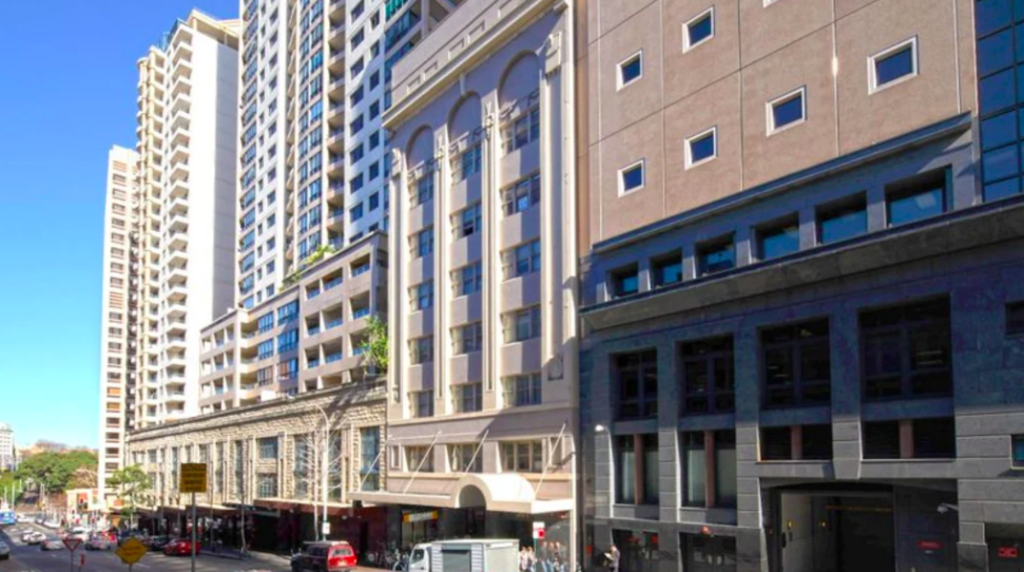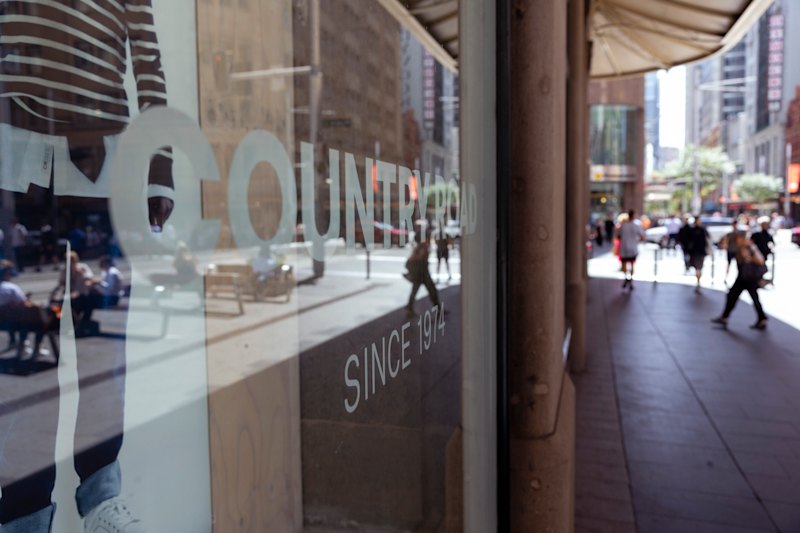
Office vacancy rates will languish for longer: Morgan Stanley
Office vacancy could rise as high as 15 per cent in Sydney and Melbourne in the next three years as working-from-home becomes more widely accepted in workplace culture, according to Morgan Stanley analysts.
“This would lead to a 10 per cent to 20 per cent decline in net effective rent over this period,” they wrote.
In research across six regional markets, Morgan Stanley analysts addressed one of the most pressing issues facing office landlords by quantifying the longer-term impact of the WFH phenomenon which has been accelerated through the COVID-19 shutdowns.
One leg of that analysis involves surveying the intentions of employees on how often they would work from home, should they be allowed.
Australians rate strongly in that survey, with nearly half of those who would like to work from home, indicating they would do so every day if they could.
For their analysis, Morgan Stanley assumed, in their bear case, that as many as 10 to 15 per cent of employees would ultimately work from home. To some extent, those departures could be offset by increased space needed to accommodate social distancing. As well, permanent desks may be retained for some.
Applying that analysis to the Sydney and Melbourne CBDs, the bank estimated as much as 8 to 9 per cent of office space could be vacated.
Taking into account expected new supply and the broader economic forecast, that could drive Sydney and Melbourne office vacancies to between 10 and 15 per cent by 2023.
Earlier this month, Goldman Sachs forecast rents in the Sydney and Melbourne CBD could fall by as much as 40 per cent. That forecast was based on the impact of a cyclical downturn well underway even before the coronavirus outbreak.
Office tower values could plummet by as much as 30 per cent over the next few years as a result, according to Goldman Sachs.
Along with more pressure to work from home, the adoption of flexible space was also likely to increase in the wake of the pandemic as major tenants positioned themselves to navigate uncertain business conditions, according to Morgan Stanley.
That forecast thrusts co-working hubs back in the spotlight, after such facilities took a big hit to revenue during the virus-induced lockdowns.
As permanent footprints were reduced, major companies will meet any additional demand through flexible workspaces, according to Morgan Stanley.
“Despite a recent slowdown in growth, we agree that demand for flex space could re-accelerate in the next few years in the wake of the pandemic,” they wrote.
“Tougher business conditions amid a softer macroeconomic outlook have made it more difficult for companies to have certainty on their expansion plans and office needs.
“The evolving business environment, given travel restrictions and a shift to more remote working, further compounds this problem.
“Taking flex space may be a viable solution because the shorter leases and lower capex commitment mean that any decisions could be more easily reversed or changed to adapt to changing conditions.”











